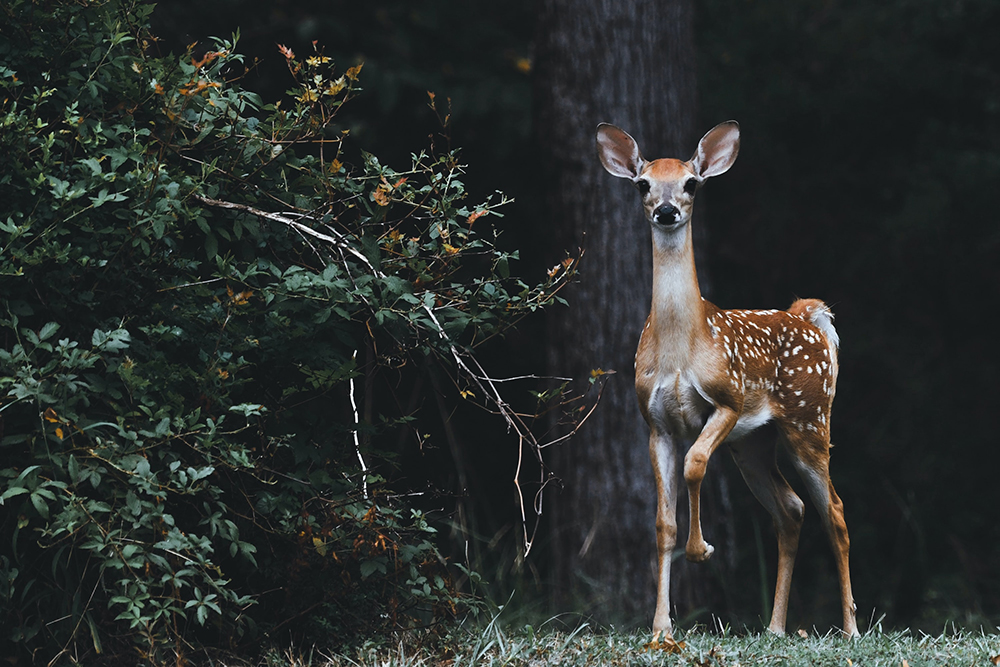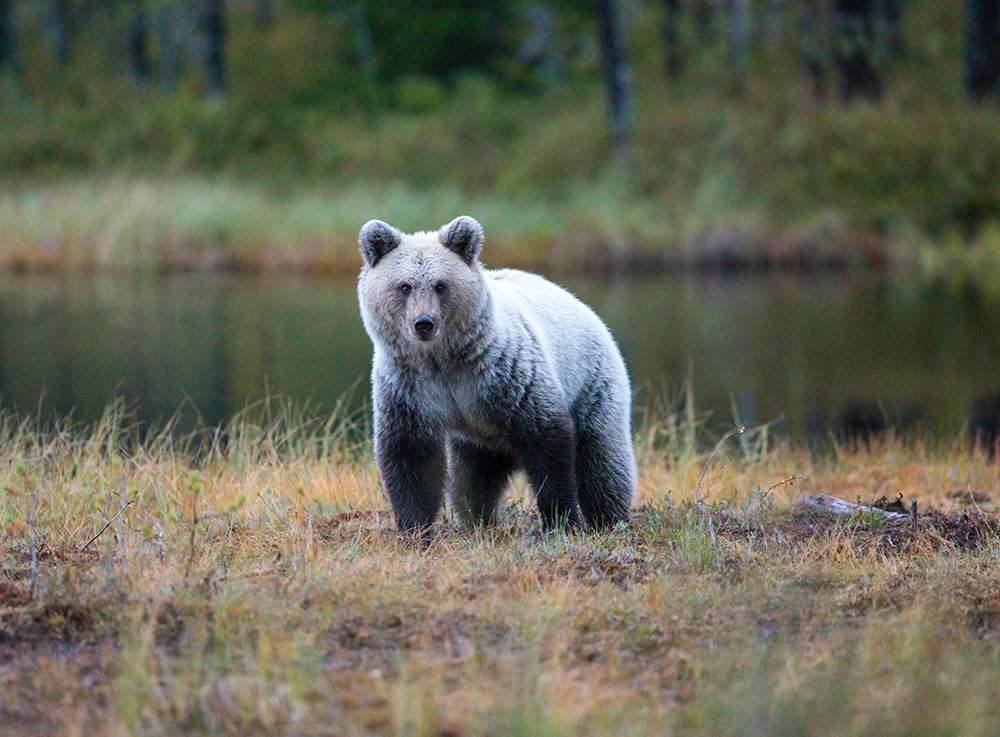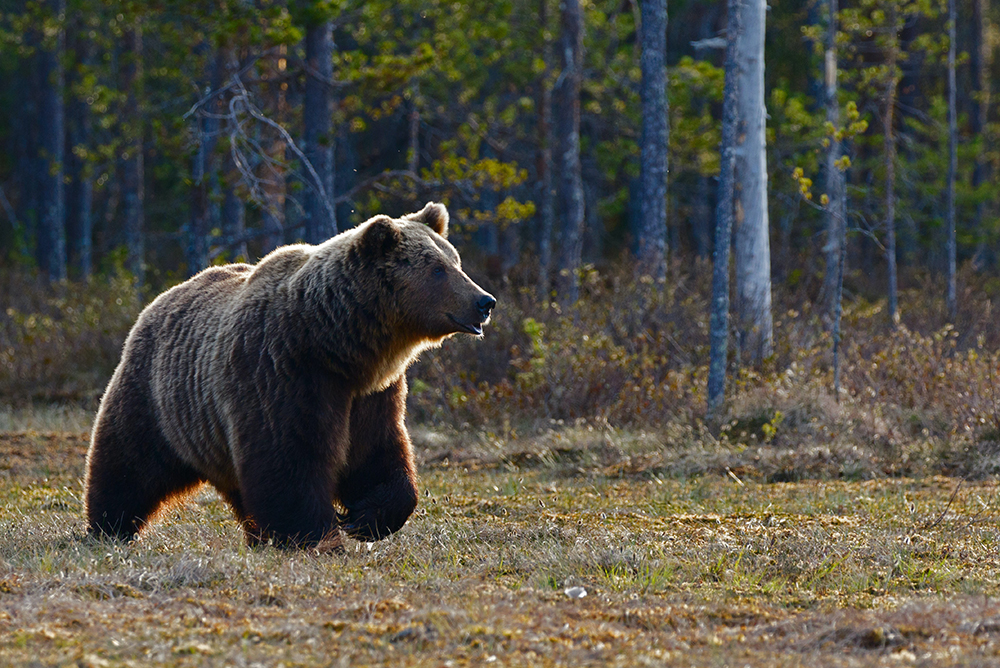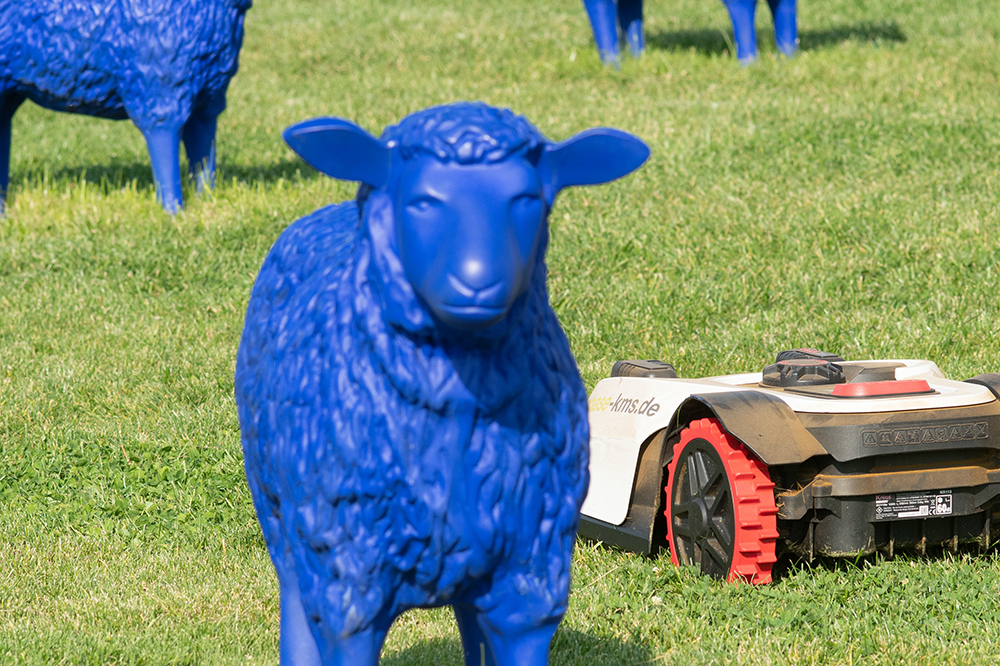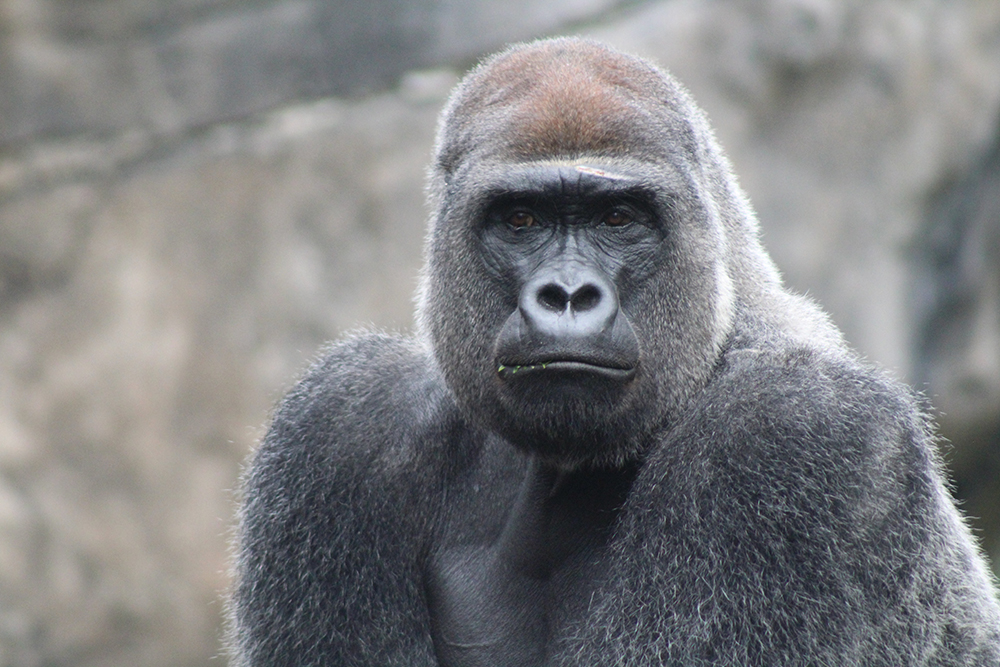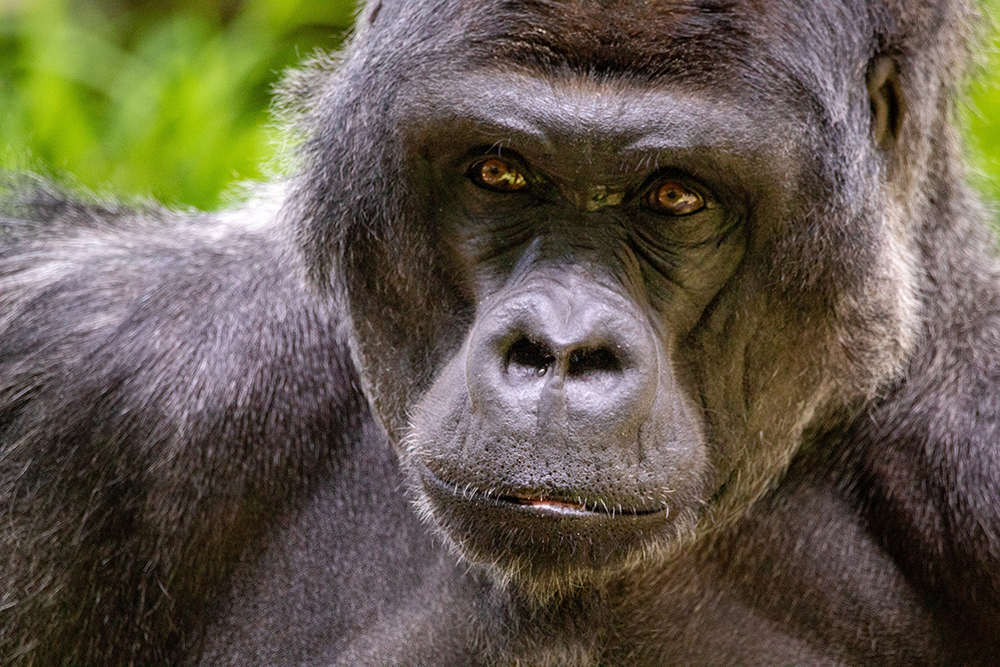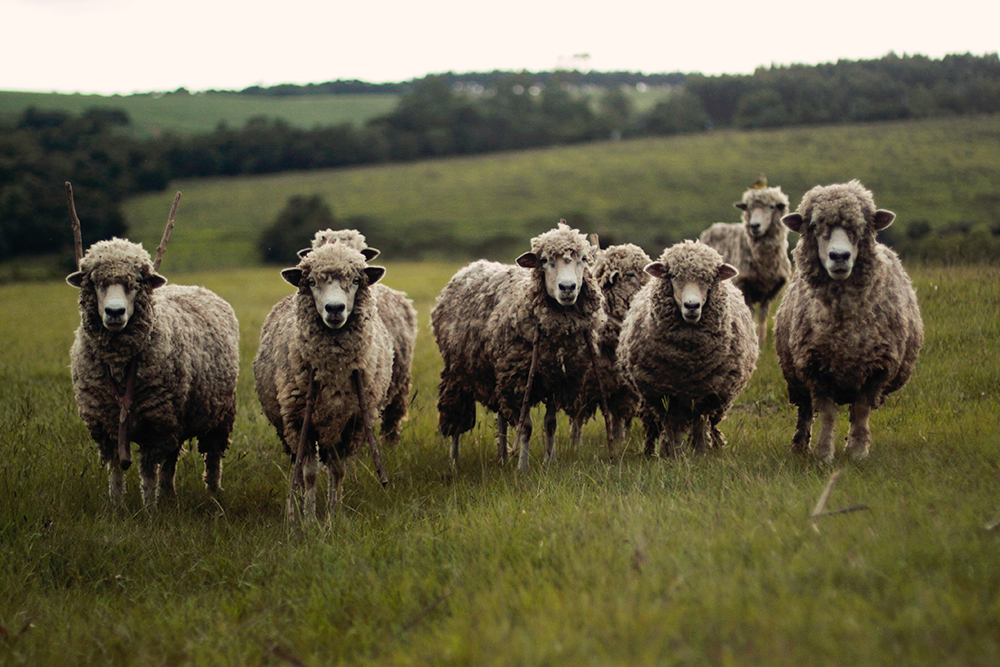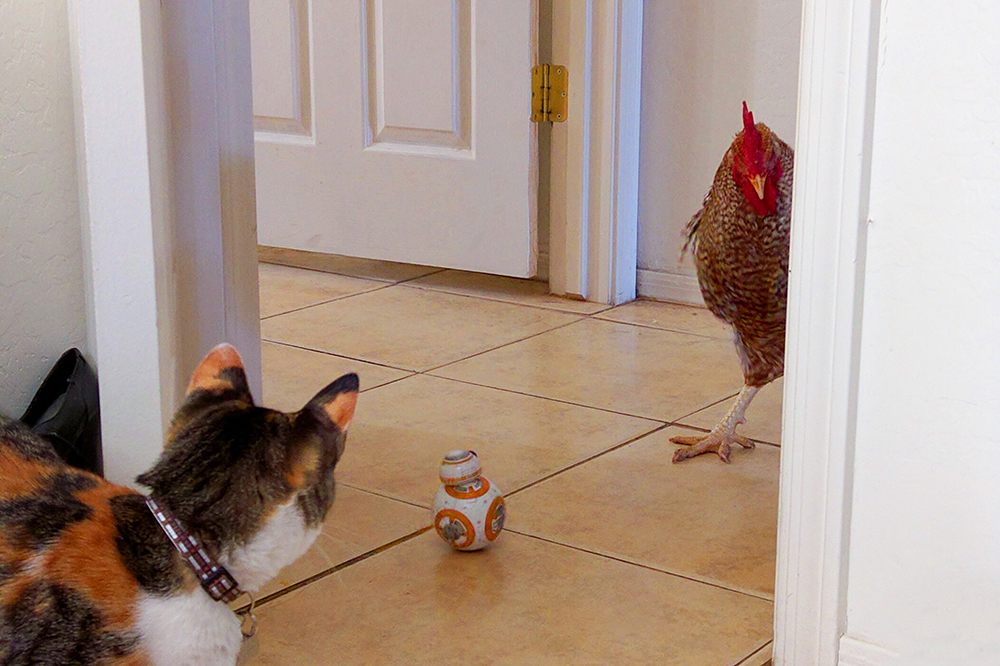On 25 February 2022, the article “Passive, Active, and Proactive Systems and Machines for the Protection and Preservation of Animals and Animal Species” by Oliver Bendel was published in Frontiers in Animal Science. From the abstract: “Digitalization and automation are expanding into many areas, resulting in more widespread use of partially and fully autonomous machines and robots. At the same time, environmental and other crises and disasters are on the rise, the world population is growing, and animals are losing their habitat. Increasingly, machines and robots such as agricultural vehicles, autonomous cars, robotic lawnmowers, or social robots are encountering animals of all kinds. In the process, the latter are injured or killed. Some machines can be designed so that this does not happen. Relevant disciplines and research areas briefly introduced here are machine ethics, social robotics, animal-machine interaction, and animal-computer interaction. In addition, animal welfare is important. Passive and active machines—as they are called in this review—are already appearing and help to observe and protect animals. Proactive machines may play a role in the future. They could use the possibilities of full automation and autonomy to save animals from suffering in agriculture or in the wild. During crises and disasters and in extensive nature reserves, they could observe, care for, and protect animals. The review provides initial considerations on active, passive, and proactive machines and how they can be used in an animal preservation context while bearing in mind recent technical and global developments.” The article is part of the research topic “Animal-Computer Interaction and Beyond: The Benefits of Animal-Centered Research and Design” and can be accessed at www.frontiersin.org/articles/10.3389/fanim.2022.834634/full.
ANIFACE: Animal Face Recognition
Facial recognition is a problematic technology, especially when it is used to monitor people. However, it also has potential, for example with regard to the recognition of (individuals of) animals. Prof. Dr. Oliver Bendel had announced the topic “ANIFACE: Animal Face Recognition” at the University of Applied Sciences FHNW in 2021 and left the choice whether it should be about wolves or bears. Ali Yürekkirmaz accepted the assignment and, in his final thesis, designed a system that could be used to identify individual bears in the Alps – without electronic collars or implanted microchips – and initiate appropriate measures. The idea is that appropriate camera and communication systems are available in certain areas. Once a bear is identified, it is determined whether it is considered harmless or dangerous. Then, the relevant agencies or directly the people concerned will be informed. Walkers can be warned about the recordings – but it is also technically possible to protect their privacy. In an expert discussion with a representative of KORA, the student was able to gain important insights into wildlife monitoring and specifically bear monitoring, and with a survey he was able to find out the attitude of parts of the population. Building on the work of Ali Yürekkirmaz, delivered in January 2022, an algorithm for bears could be developed and an ANIFACE system implemented and evaluated in the Alps. A video about the project is available here.
AI at the Service of Animals and Biodiversity
“L’intelligence artificielle au service de l’animal et de la biodiversité” (“Artificial intelligence at the service of animals and biodiversity”) is the title of a webinar that will take place on 5 November 2021 from 10:30 – 12:00 via us02web.zoom.us/webinar/register/WN_SJjYGx7qQt-FezEBprGMww. There are over 600 registered participants (professionals from the animal industry, health care and animal welfare, also entrepreneurs, investors, scientists, consultants, NGOs, associations). The webinar is for anyone interested in technologies with a positive impact on animals (wildlife, livestock, pets) and biodiversity. The goal is to take advantage of the opportunities that Artificial Intelligence offers alongside the many technological building blocks (Blockchain, IoT, etc.). This first webinar will be an “introduction” to AI in this specific application area. It will present use cases and be the starting point of a series of webinars. On the same day, there will be a Zoom conference from 1:30 to 2:30 pm. The title of the talk by Prof. Dr. Oliver Bendel is “Towards Animal-friendly Machines”.
Wildlife Conservation at a Garden Level
Sophie Lund Rasmussen and her co-authors published the interesting and enlightening article “Wildlife Conservation at a Garden Level: The Effect of Robotic Lawn Mowers on European Hedgehogs (Erinaceus europaeus)” in April 2021. In their “Simple Summary” they write: “Injured European hedgehogs are frequently admitted to hedgehog rehabilitation centres with different types of cuts and injuries. Although not rigorously quantified, a growing concern is that an increasing number of cases may have been caused by robotic lawn mowers. Research indicates that European hedgehogs are in decline. It is therefore important to identify and investigate the factors responsible for this decline to improve the conservation initiatives directed at this species. Because hedgehogs are increasingly associated with human habitation, it seems likely that numerous individuals will encounter several robotic lawn mowers during their lifetimes. Consequently, this study aimed to describe and quantify the effects of robotic lawn mowers on hedgehogs, and we tested 18 robotic lawn mowers in collision with dead hedgehogs. Some models caused extensive damage to the dead hedgehogs, but there were noteworthy differences in the degree of harm inflicted, with some consistently causing no damage. None of the robotic lawn mowers tested was able to detect the presence of dead, dependent juvenile hedgehogs, and no models could detect the hedgehog cadavers without physical interaction. We therefore encourage future collaboration with the manufacturers of robotic lawn mowers to improve the safety for hedgehogs and other garden wildlife species.” (Rasmussen et al. 2021) In 2019/2020, Oliver Bendel and his team developed the prototype HAPPY HEDGHEHOG. This robot lawnmower stops working as soon as it detects hedgehogs. A thermal recognition sensor and a camera with image recognition are used. The paper was presented at the AAAI Spring Symposia in March 2021.
Towards Animal Face Recognition
Face recognition for humans is very controversial, especially when it comes to surveillance or physiognomy. However, there are also other possible applications, for example in relation to animals. At the moment, individuals are mainly tracked with the help of chips and transmitters. However, these are disturbing for some of the animals. Further, the question is whether one should interfere with living beings in this way. In addition, animals are constantly being born that escape monitoring. The project “ANIFACE: Animal Face Recognition” will develop a concept of a facial recognition system that can identify individuals of bears and wolves. These are advancing more and more in Switzerland and need to be monitored to protect them and affected people (and their agriculture). Facial recognition can be used to identify the individual animals and also to track them if there are enough stations, which of course must be connected with each other. An interesting sidebar would be emotion recognition for animals. The system could find out how bears and wolves are feeling and then trigger certain actions. The project was applied for in July 2021 by Prof. Dr. Oliver Bendel, who has already designed and implemented several animal-friendly machines with his teams. In August, it will be decided whether he can start the work.
Basic Rights for Primates
The initiative “Grundrechte für Primaten” (“Basic Rights for Primates”) went online with its website on April 30, 2021. The supporters demand the introduction of basic rights for non-human primates at cantonal constitutional level in Basel-Stadt. Among them are Simon Fankhauser (co-president Young Green Alliance), Dr. Charlotte E. Blattner (lawyer), Prof. Dr. Markus Wild (philosopher), Prof. Dr. Oliver Bendel (ethicist and business information systems scientist), Jaël Malli (musician), and Dr. Colin Goldner (head of the Great Ape Project Germany). Prof. Dr. Oliver Bendel goes particularly far in his requests: “I am for human rights for humans and for animal rights for animals. Basic rights such as the right to life and the right to physical integrity should go to all primates, but also to other mammals as well as reptiles and amphibians. The idea is not to protect animals from other animals, but from humans.” He combines animal ethics and animal welfare with machine ethics and develops animal-friendly machines with his teams. The initiative’s website can be reached at www.primaten-initiative.ch.
An Insect-size Microrobot
In their paper “Scaling down an insect-size microrobot, HAMR-VI into HAMR-Jr”, Kaushik Jayaram (Harvard Microrobotics Lab) and his co-authors present HAMR-Jr, a 22.5 mm, 320 mg quadrupedal microrobot. “With eight independently actuated degrees of freedom, HAMR-Jr is … the most mechanically dexterous legged robot at its scale and is capable of high-speed locomotion … at a variety of stride frequencies … using multiple gaits.” (Abstract) The scientists achieved this “using a design and fabrication process that is flexible, allowing scaling with minimum changes to our workflow”. They “further characterized HAMR-Jr’s open-loop locomotion and compared it with the larger scale HAMR-VI microrobot to demonstrate the effectiveness of scaling laws in predicting running performance” (Abstract) . The work is partially funded by the DARPA SHort Range Independent Microrobotic Platforms and the Department of Defense (DoD) through the National Defense Science & Engineering Graduate (NDSEG) Fellowship Program. There is no doubt that the military is interested in miniature robots that are as big as cockroaches. They are certainly just as interested in animal cyborgs that use cockroaches as the commercial RoboRoach. At least no animals will be harmed in the scientific project. The paper is available here.
A Robot Dog as Sheepdog
In May 2020 the media was interested in a video by Rocos showing a robot from Boston Dynamics trying to be a shepherd dog. You could see the artificial quadruped running towards a flock of sheep. “Now, it’s clear that the video is mostly a fun teaser rather than a serious claim by Rocos (or Boston Dynamics) that robots will soon be replacing sheepdogs.” (The Verge, 22 May 2020) According to the magazine, it does invite a tantalizing question: if that did happen, “how well would the robots fare” (The Verge, 22 May 2020)? “Terrible”, is the straight answer of sheep farmer and author James Rebanks. “The robot might be an amazing tool for lots of things but it is worthless and unwanted as a sheepdog …” (The Verge, 22 May 2020) However, the profession of shepherd is not everywhere in the world the dream of all boys and girls, and shepherd dogs do not fall from the sky. It is also not clear whether there is a big difference for the sheep and how positively or negatively they react to the machine. It is just as unclear whether lambs that have never met real dogs would be comfortable with it. This would have to be researched in animal psychology and social robotics and in disciplines such as animal-machine interaction, which are still in their infancy. Only then would one know whether the shepherd interviewed by the magazine is right.
Towards Animal-machine Interaction
Animal-machine interaction (AMI) and animal-computer interaction (ACI) are increasingly important research areas. For years, semi-autonomous and autonomous machines have been multiplying all over the world, not only in factories, but also in outdoor areas and in households. Robots in agriculture and service robots, some with artificial intelligence, encounter wild animals, farm animals and pets. Jackie Snow, who writes for New York Times, National Geographic, and Wall Street Journal, talked to several people on the subject last year. In an article for Fast Company, she quoted the ethicists Oliver Bendel (“Handbuch Maschinenethik”) and Peter Singer (“Animal Liberation”). Clara Mancini (“Animal-computer interaction: A manifesto”) also expressed her point of view. The article with the title “AI’s next ethical challenge: how to treat animals” can be accessed here. Today, research is also devoted to social robots. One question is how animals react to them. Human-computer interaction (HCI) experts from Yale University recently looked into this topic. Another question is whether we can create social robots specifically for animals. The first beginnings were made with toys and automatic feeders for pets. Could a social robot replace a contact person for weeks on end? What features should it have? In this context, we must pay attention to animal welfare from the outset. Some animals will love the new freedom, others will hate it.
Billions of Trees, Planted by Drones
Flash Forest, a Canadian start-up, plans to plant 40,000 trees in the north of Toronto within a few days. It uses drones, i.e. technology that also plays a role in detecting and fighting forest fires. By 2028, it aims to have planted a full 1 billion trees. “The company, like a handful of other startups that are also using tree-planting drones, believes that technology can help the world reach ambitious goals to restore forests to stem biodiversity loss and fight climate change. The Intergovernmental Panel on Climate Change says that it’s necessary to plant 1 billion hectares of trees – a forest roughly the size of the entire United States – to limit global warming to 1.5 degrees Celsius.” (Fast Company, 15 May 2020) It is without doubt a good idea to use drones for planting. But you have to remember that unmanned aerial vehicles (UAV) of this type have a bad energy balance. Above all, however, birds and other creatures must not be frightened away and must not be hurt (see, e.g., this article). In this context, insights from animal-machine interaction and machine ethics can be used.
